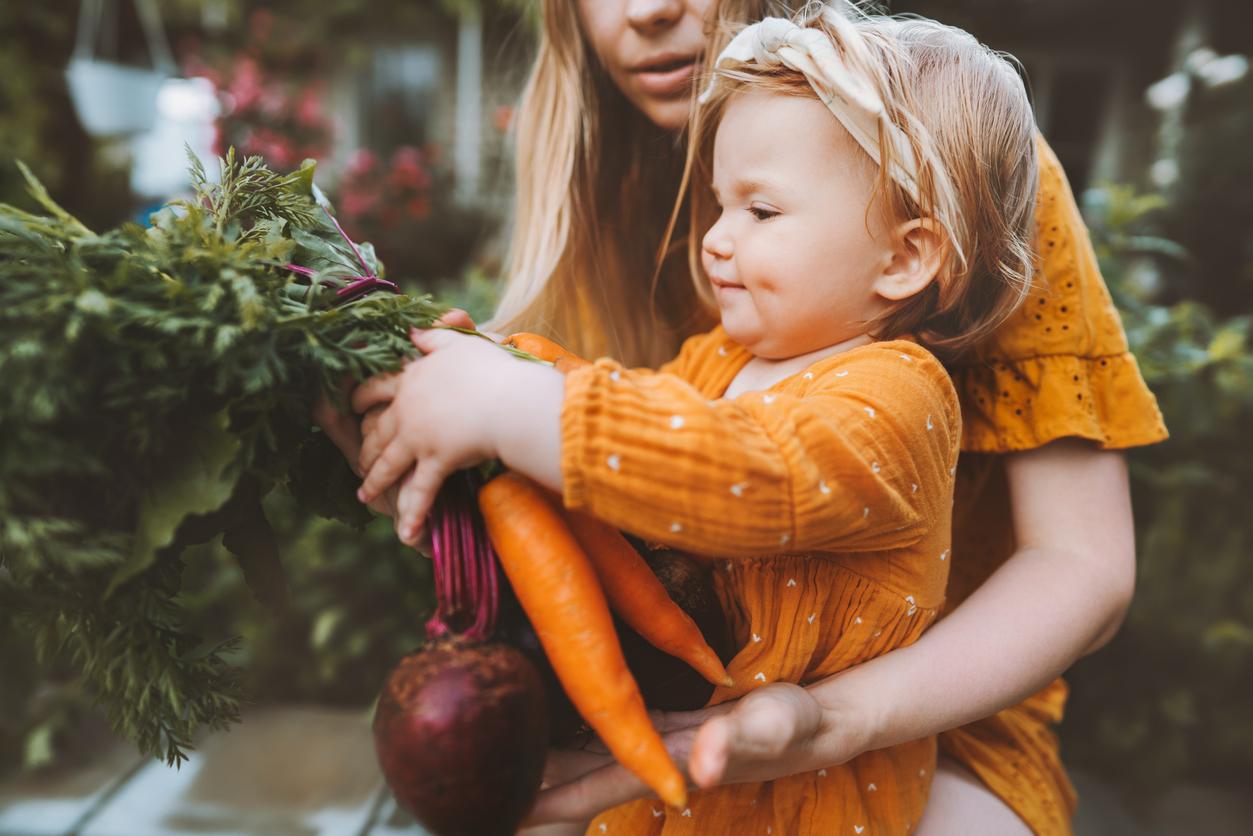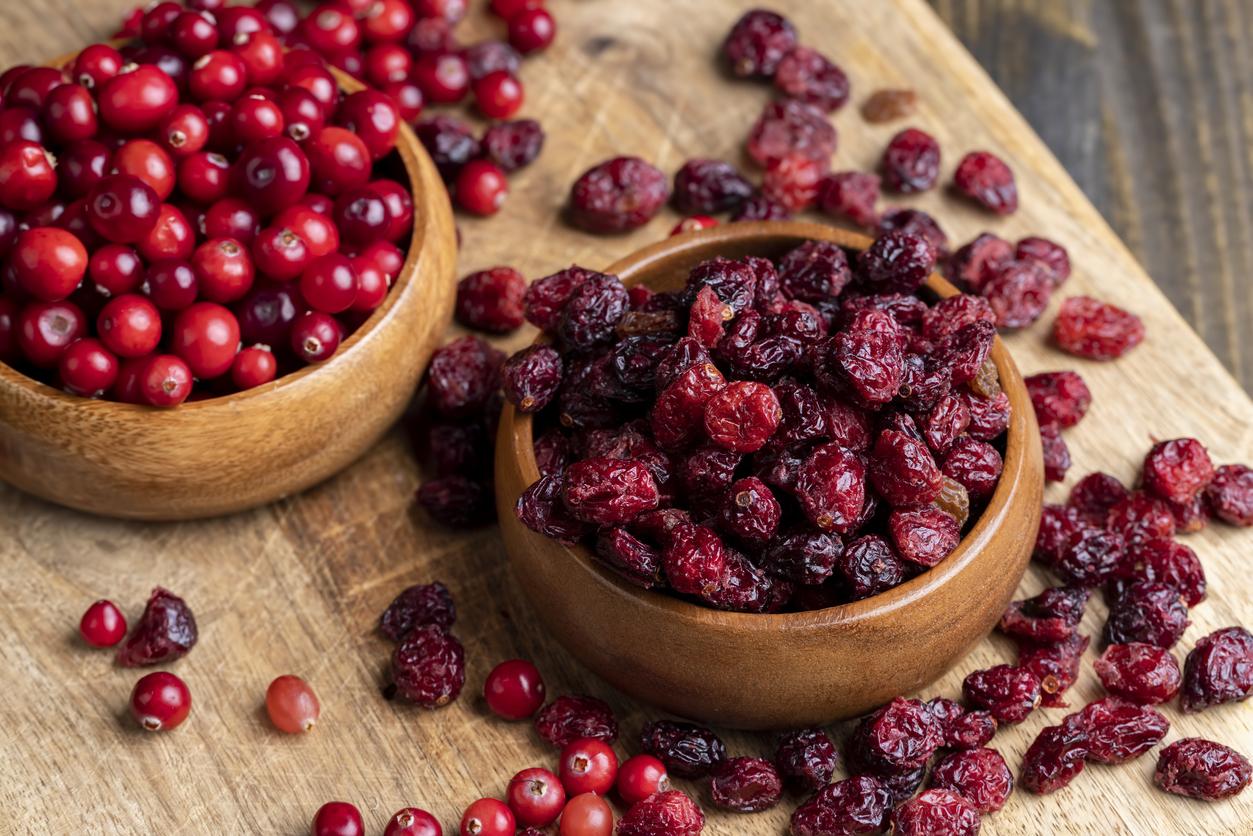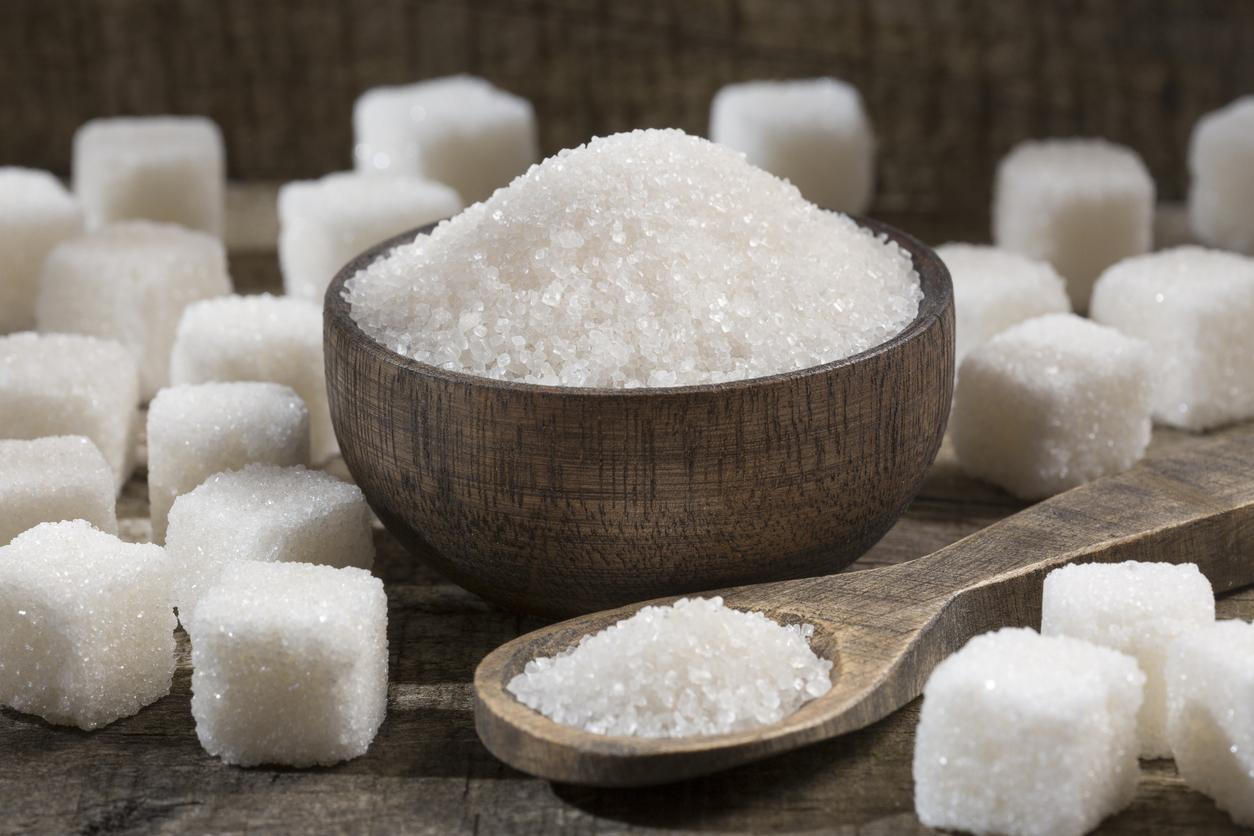Eating healthy in times of inflation is increasingly difficult. The rise in food prices is spreading and affects most products. Pasta, meat, fish, fruit and vegetables, flour or oil have all increased between 8 and 20%. How to continue to shop without drawing a line under quality?
Fifty years ago, food accounted for a third of French household budgets. Today, it represents only 15% on average. But with galloping inflation, it may not last. The rise in food prices is spreading and affects most products, pasta (+15%), meat (+8%), fish (+15%) flour and oil (+10%).
So how do you get out of it and continue to buy quality products? First, by downloading our 20 best tips now thanks to the practical guide that we offer you for free. And here are a few more ideas…
Stop ready meals
The ready meals are often a false good idea because they are often low in quality and expensive per kilo. Prefer raw products to cook yourself.
“We imposed a 10% margin on distributors. I would like this provision to be lifted temporarily to sell at a lower price to consumers.”
Michel-Edouard Leclerc (FranceInfo)
Many preparations are delicious and quick to make: semolina, in the form of tabbouleh or couscous, red lentils, soups and pasta which are inexpensive and quick to prepare. Raw products can sometimes be purchased in organic version at favorable prices when they are presented in bulk; the way to gain quality without breaking the bank.
Reduce your consumption of meat and fish
Meat and fish have not been spared by the rise in prices: frozen meats, for example, have seen a price increase of more than 10% over one year. But let’s remember that for the wallet, the health and the planet: animal protein in a meal, it is not essential!
Consume it two or three times a week; the rest of the time, think of eggs, vegetable proteins (cereals and soya) and legumes (lentils, chickpeas, etc.). You will be able to buy a good piece of meat or fish, quality, from time to time.
Put an end to waste
It is absolutely fundamental toavoid throwing away food, whatever the circumstances! Take inventory of your fridge and cupboards to avoid missing use-by dates. For dry products, the Best Use By Date (DLUO) may be exceeded by a few days without risk to your health! Likewise, do not give up vegetables that are a little damaged or wilted; they are still edible and interesting from a nutritional point of view.

At the supermarket or in organic stores, take a tour of the departments dedicated to the fight against waste : you can often find bargains there. Some shops sell foods whose use-by-date is close or damaged products. A very good way to continue to be able to buy fruits and vegetables, which are more and more expensive!
You can also make jams with ugly fruits, coulis with very ripe tomatoes, soups, salads, ratatouilles…
DIY to counter rising food prices
How to eat quality products in the midst of rising food prices? The solution may be right here! The best way is tomaintain a vegetable garden. You can grow vitamin-rich fruits and vegetables yourself.
In summer, transform your products by making preserves and jars for the cold season. And, if you are lucky enough to own a garden, why not invest in the purchase of a few hens which will provide you with fresh eggs: your return on investment is guaranteed!
You can also grow aromatic herbs and small vegetables on your balcony. Think, for example, of cherry tomatoes for original salads or even healthy aperitifs, economical and stunning! Pots of basil or parsley are also likely to enhance a simple pasta dish on the cheap.
Click here to find our top 20 tips in the free guide Eat healthy without breaking the bank.


















